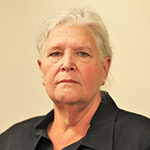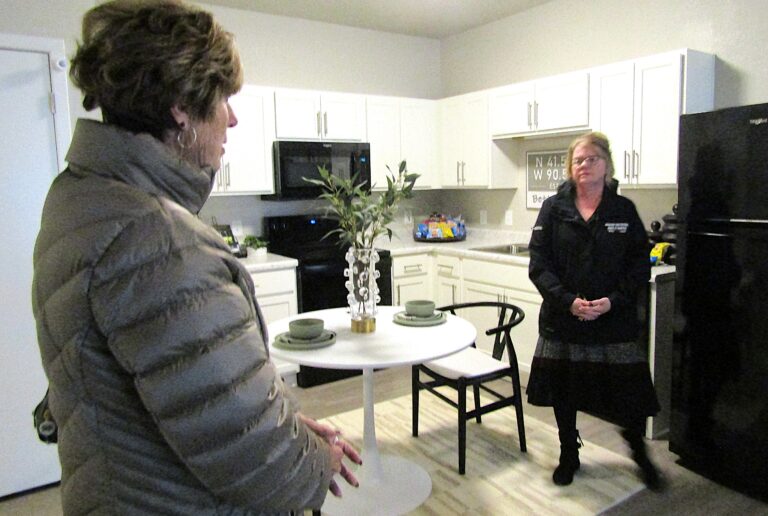
Some seven years after Army leaders contemplated closing its doors forever, a completely reimagined Rock Island Arsenal Museum reopened on Arsenal Island to rave views on Thursday, June 29. This is one of the exhibits in the museum. CREDIT KENDA BURROWS
Some seven years after Army leaders contemplated closing its doors forever, a completely reimagined Rock Island Arsenal Museum reopened on Arsenal Island to rave reviews on Thursday, June 29.
Typical reactions from the ribbon-cutting attendees who crowded in to see the revamped exhibits included “beautiful,” “wow,” “amazing,” and “I didn’t know that” as visitors read storyboards, looked at photos and dioramas and tapped…

Want to Read More?
Get immediate, unlimited access to all subscriber content and much more.
Learn more in our subscriber FAQ.
Do you want to read and share this article without a paywall?







